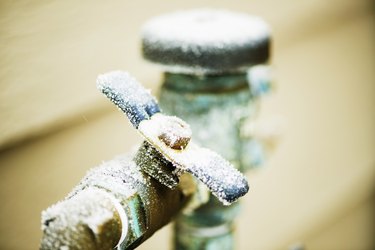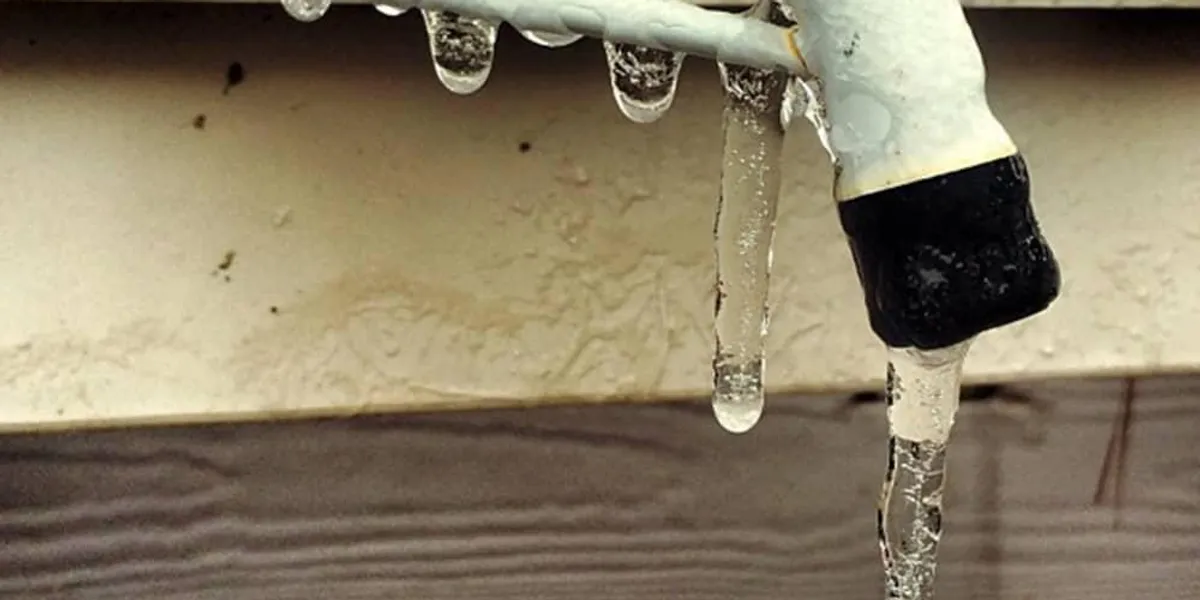Ways to Protect Pipes from Freezing: Specialist Advice
Ways to Protect Pipes from Freezing: Specialist Advice
Blog Article
Right here on the next paragraphs you will discover more exceptional information and facts relating to How To Avoid Freezing Pipes.

Cold weather can damage your plumbing, specifically by freezing pipes. Below's just how to avoid it from taking place and what to do if it does.
Introduction
As temperatures decrease, the threat of icy pipes rises, possibly resulting in expensive fixings and water damages. Understanding how to prevent frozen pipes is vital for home owners in cool climates.
Recognizing Frozen Pipelines
What triggers pipes to freeze?
Pipelines freeze when subjected to temperatures listed below 32 ° F (0 ° C) for extended periods. As water inside the pipelines freezes, it broadens, taxing the pipe wall surfaces and possibly causing them to rupture.
Threats and problems
Frozen pipes can bring about supply of water interruptions, residential or commercial property damages, and costly fixings. Ruptured pipelines can flooding homes and create extensive structural damage.
Signs of Frozen Pipes
Identifying frozen pipelines early can stop them from breaking.
Exactly how to determine frozen pipes
Search for decreased water circulation from faucets, unusual smells or noises from pipes, and noticeable frost on exposed pipelines.
Avoidance Tips
Protecting at risk pipes
Wrap pipes in insulation sleeves or utilize warm tape to shield them from freezing temperature levels. Concentrate on pipelines in unheated or exterior locations of the home.
Heating strategies
Keep indoor spaces properly warmed, particularly locations with pipes. Open cupboard doors to permit warm air to distribute around pipelines under sinks.
Protecting Outside Plumbing
Yard tubes and outdoor faucets
Detach and drain pipes yard tubes prior to winter. Install frost-proof spigots or cover outside faucets with insulated caps.
What to Do If Your Pipes Freeze
Immediate actions to take
If you think frozen pipes, maintain taps open up to soothe stress as the ice thaws. Utilize a hairdryer or towels soaked in warm water to thaw pipelines slowly.
Long-Term Solutions
Structural adjustments
Take into consideration rerouting pipelines away from exterior wall surfaces or unheated locations. Add additional insulation to attic rooms, cellars, and crawl spaces.
Updating insulation
Invest in high-quality insulation for pipes, attic rooms, and walls. Proper insulation assists preserve regular temperature levels and reduces the risk of icy pipes.
Final thought
Preventing frozen pipes requires positive measures and quick feedbacks. By comprehending the reasons, signs, and preventive measures, home owners can protect their plumbing throughout cold weather.
5 Ways to Prevent Frozen Pipes
Drain Outdoor Faucets and Disconnect Hoses
First, close the shut-off valve that controls the flow of water in the pipe to your outdoor faucet. Then, head outside to disconnect and drain your hose and open the outdoor faucet to allow the water to completely drain out of the line. Turn off the faucet when done. Finally, head back to the shut-off valve and drain the remaining water inside the pipe into a bucket or container. Additionally, if you have a home irrigation system, you should consider hiring an expert to clear the system of water each year.
Insulate Pipes
One of the best and most cost-effective methods for preventing frozen water pipes is to wrap your pipes with insulation. This is especially important for areas in your home that aren’t exposed to heat, such as an attic. We suggest using foam sleeves, which can typically be found at your local hardware store.
Keep Heat Running at 65
Your pipes are located inside your walls, and the temperature there is much colder than the rest of the house. To prevent your pipes from freezing, The Insurance Information Institute suggests that you keep your home heated to at least 65 degrees, even when traveling. You may want to invest in smart devices that can keep an eye on the temperature in your home while you’re away.
Leave Water Dripping
Moving water — even a small trickle — can prevent ice from forming inside your pipes. When freezing temps are imminent, start a drip of water from all faucets that serve exposed pipes. Leaving a few faucets running will also help relieve pressure inside the pipes and help prevent a rupture if the water inside freezes.
Open Cupboard Doors
Warm your kitchen and bathroom pipes by opening cupboards and vanities. You should also leave your interior doors ajar to help warm air circulate evenly throughout your home.

I'm very fascinated with Preventing and dealing with frozen pipes and I hope you enjoyed my page. I beg you pause to promote this content if you enjoyed it. I truly appreciate your readership.
Book Maintenance Report this page